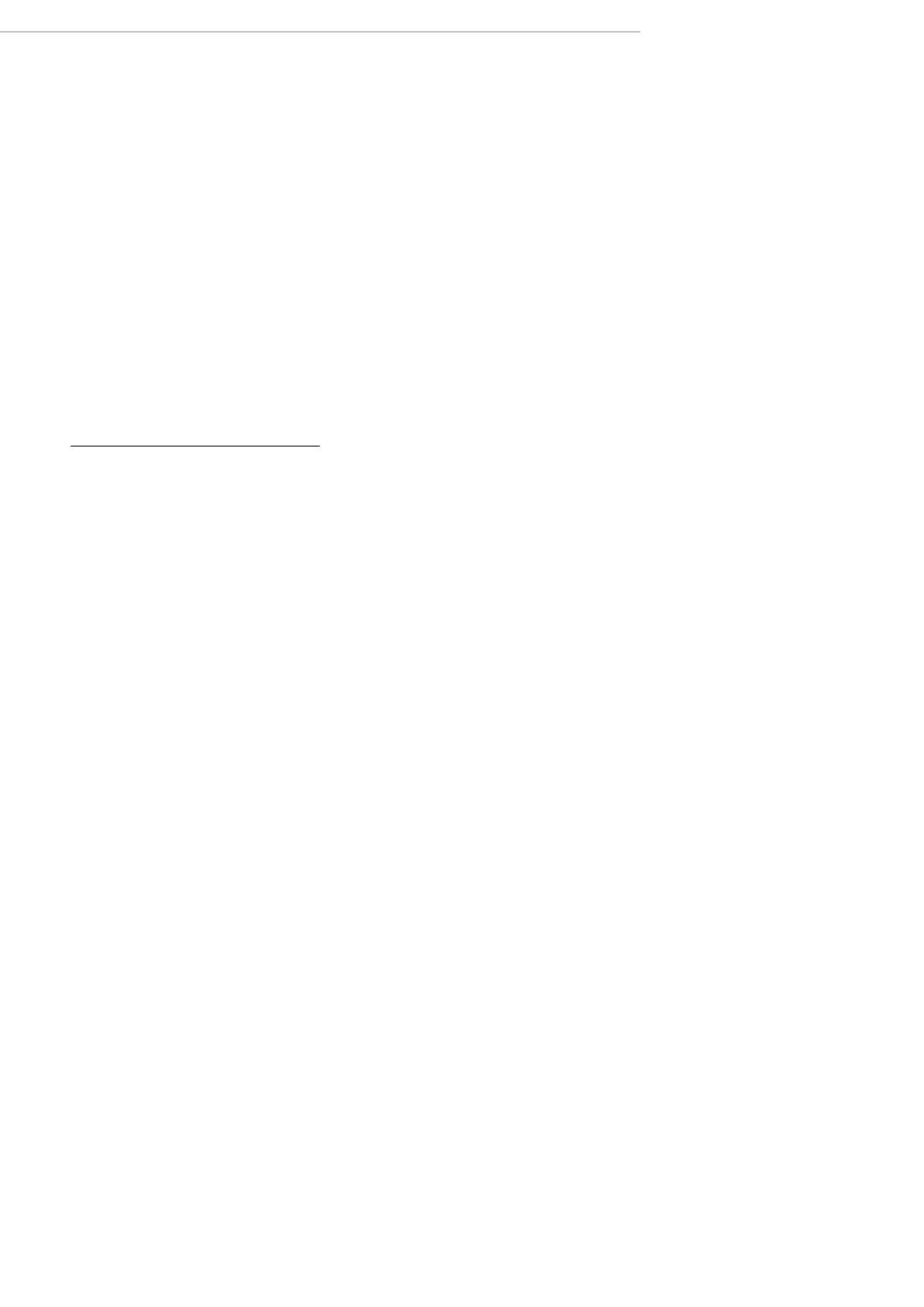

| 116
PostWar & Contemporary
3464* ROBERT ROTAR(Berlin 1926 - 1999 Düsseldorf)
Untitled.
Oil on canvas.
80 x 80 cm.
The work will be included in the forthco-
ming catalogue raisonné by Ingrid Skiebe
and is registered under the number: G
2709.
Provenance: Private collection Switzerland.
Robert Rotar was one of the most extraor-
dinary artistic figures of the second half of
the 20th century.
Born in Berlin in 1926, Rotar drove a tank
during the Second World War. After the
war he trained as a cabinetmaker, then
went on to study painting as well as
furniture and interior design in Cologne
and Bremen. In 1947/48 he first began
to deal with the spiral in his artistic works.
His work as interior designer and manager
at the newly established furniture design
firm Knoll in Stuttgart, and from 1957 in
Düsseldorf, brought him into frequent
contact with contemporary artists such
as Joseph Beuys and James Lee Byars,
with architects like Mies van der Rohe,
as well as with the leading gallery owners
and art dealers of the 1960s. Rotar was
by all accounts an introvert, but maintai-
ned long relationships with certain of his
acquaintances, especially Beuys and Byars.
From 1973 on, Rotar decided to devote
himself exclusively to his painting and
photography. Over the years he distanced
himself more and more from the art
market, and died unexpectedly in August
1999.
Rotar’s artistic work was dedicated to one
single form: the spiral. “I paint spirals in all
different forms,” said Rotar. “What fasci-
nates me about them is how they develop
through centrifugal force. Just as in the
theory of Relativity, I use the phenomenon
of time in combination with rotation as a
fourth coordinate in space. When I con-
nect two subjective ‘fixed’ points, the spiral
tendency becomes visible.” (quote from
Robert Rotar in 1969, from: www.rotar22.
de). “Rotar often painted in a trancelike,
meditative state, entirely concentrated on
the spiritual situation. His artistic impulse
was not directed by spontaneous gestu-
res, but rather by a spiritual dialogue with
the spiral motif. The spiral – which sym-
bolized for Rotar the infinite, the primeval
and the eternal – was the theme that
enabled him to most effectively address
fundamental issues about the cosmos and
being.” (ibid.)
Since science and philosophy carried the
same weight in his world view, his know-
ledge covered a broad range of topics.
In the realm of science, Rotar studied
astrophysics, nuclear physics, molecular
biology, and brain and genetic research,
and was personally acquainted with the
leading scientists in these fields. His philo-
sophical interests included Hermeticism,
ancient magic and astrology, alchemy, the
Kabbalah and the Tarot, world religions,
Neoplatonism, ancient mystery religions
and esotericism, runic writing, numerology,
and much more.
CHF 8 000 / 12 000
(€ 7 410 / 11 110)


















